Cultural China Tour | The ancient intangible heritage collides with youth. The ancient city of Weishan glows with "new life"
CCTV News:At the source of the Red River at the foot of Ailao Mountain in western Yunnan, there is an ancient city of Weishan with strong local historical and cultural characteristics, which is the birthplace of Nanzhao ancient country and an important transportation hub on the ancient tea-horse road.
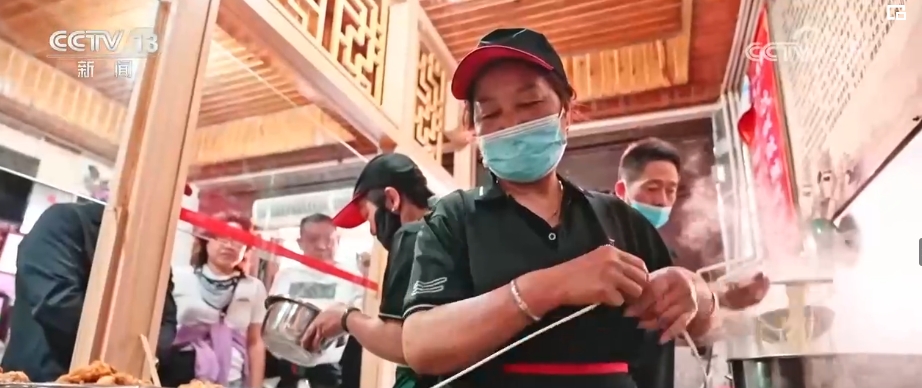
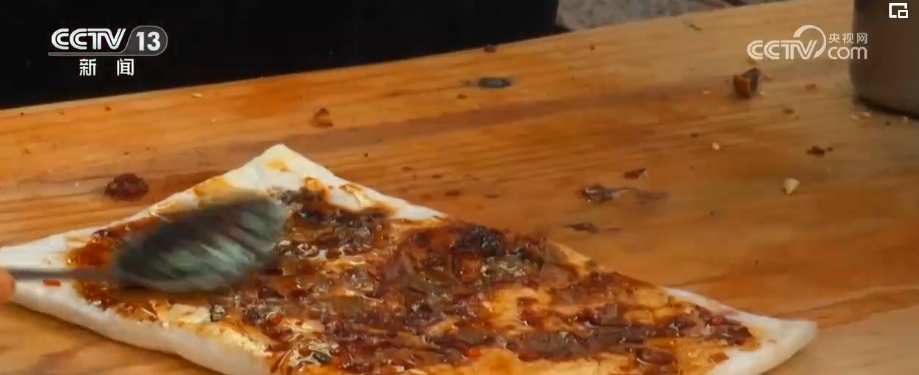
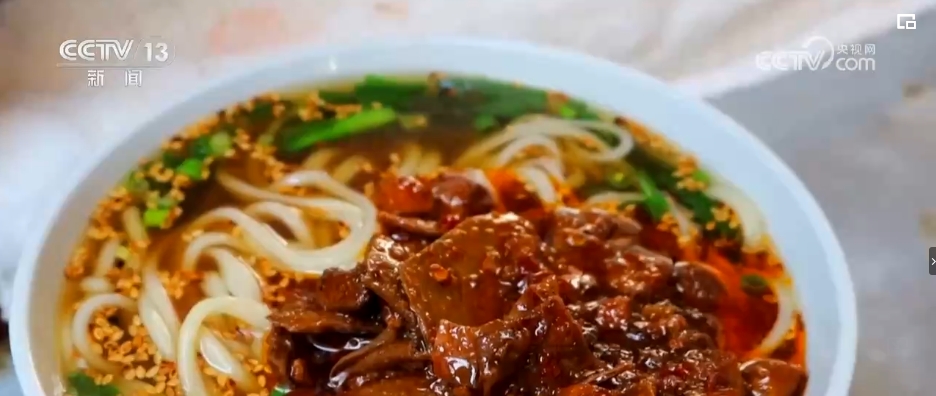
In the west of Yunnan, at the source of the Red River, the ancient city of Weishan opens every day in a series of delicious food with fireworks rising. A noodle, thin bean powder, and bait block … … In Weishan, there are more than 350 kinds of snacks.

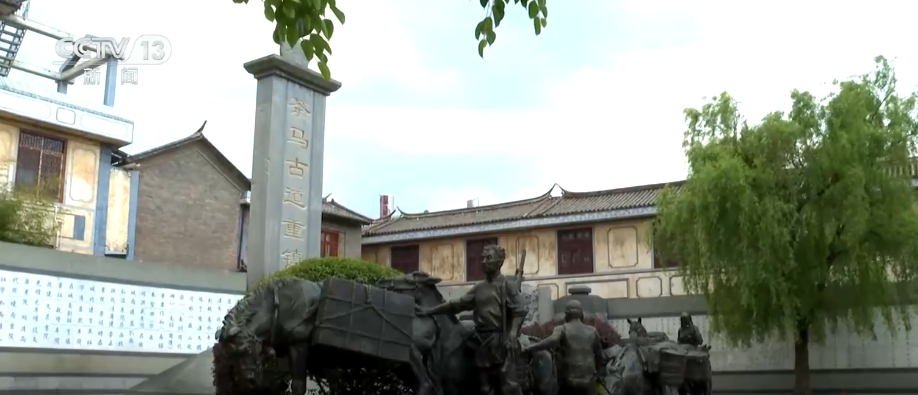
Weishan is an important transportation hub on the ancient tea-horse road, a distribution center for industrial and commercial materials, and an important stop for horse drivers. Traces of horse teams can be seen everywhere in the ancient street.


Weishan prospered because of the tea-horse trade. In the Hongwu period of the Ming Dynasty, because of the implementation of the military camp, immigrants from the Central Plains built this ancient city full of wisdom here. Overlooking Weishan, the ancient city chose the terrace area in site selection to avoid damaging the surrounding fertile fields. The ancient city is high in the north and low in the south, high in the east and low in the west, forming a rapid drainage system. There has never been waterlogging in the ancient city for more than 600 years.
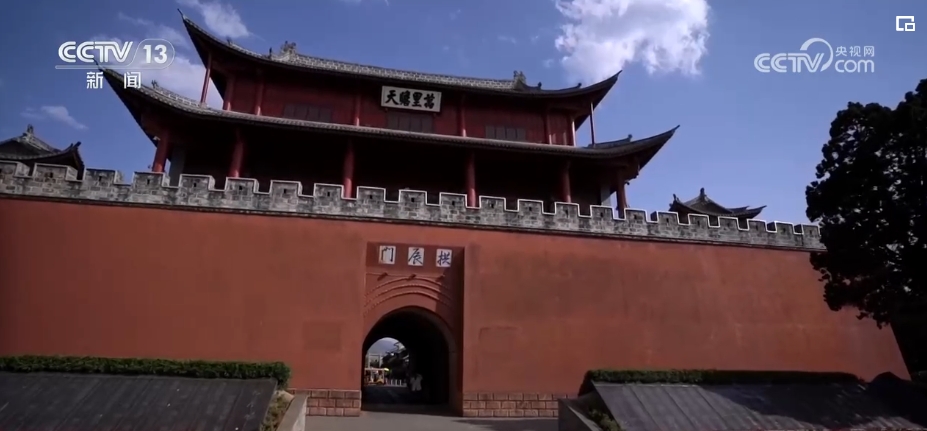
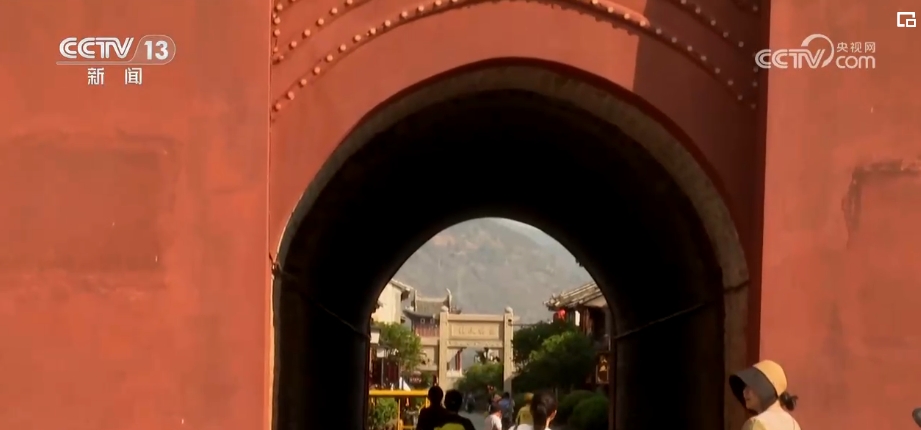
Standing outside the north gate of the ancient city, you will find that the whole gate is tilted to the west, passing through the doorway, and looking back at this ancient street, it also looks inclined. This pattern, which is called "slanting doors and crooked roads", actually contains its unique architectural wisdom.
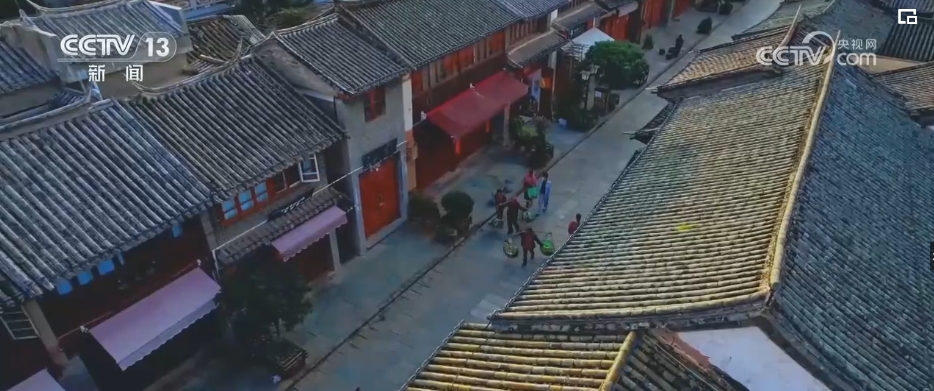
Cha Shangzhen, Party Secretary of the Housing and Urban-Rural Development Bureau of Weishan County, Dali Prefecture, Yunnan Province, said that the wind is relatively strong and the street is slightly inclined to avoid the direct blowing of the north wind. The ancient houses in Weishan ancient city are all some buildings with four-in-one and five-patios left over from Ming and Qing Dynasties, which increase the lighting slightly to the west to make up for the lack of light.

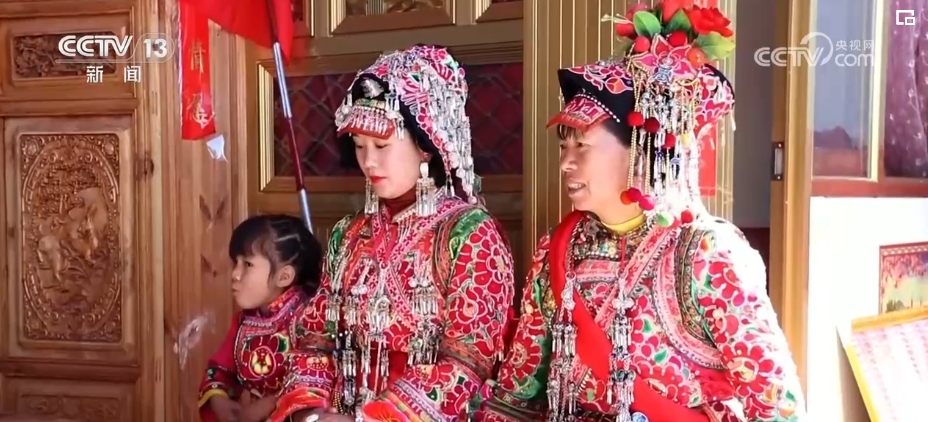
Weishan ancient city has a history of more than 600 years, but the culture here can be traced back to 1300 years ago. This small shop is an important stop for foreign tourists to understand the culture of southwest ethnic minorities. This gorgeous costume is the court costume of Nanzhao ancient country under the rule of Tang Dynasty, and the peony and camellia on the clothes show the elegance of the court. In the 8th century AD, the ancestors of Yi people unified six local tribes and established such a minority regime.
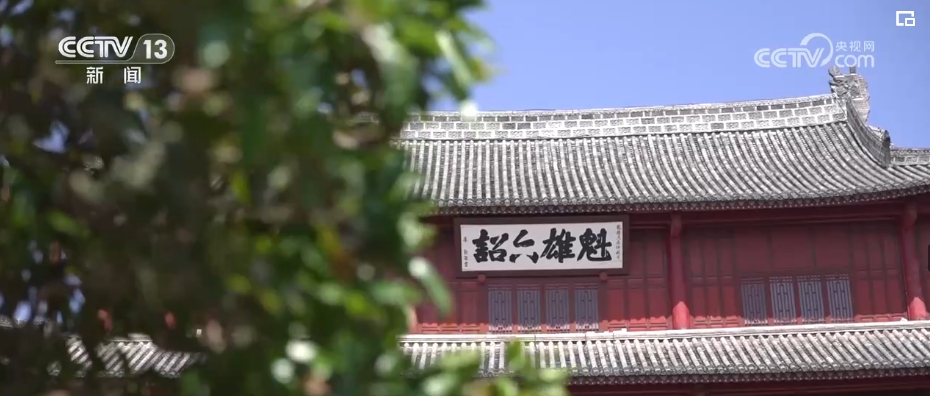
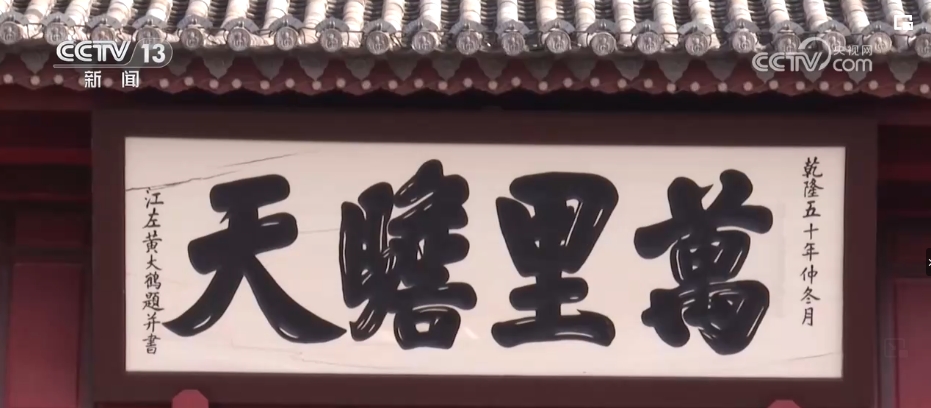
Guo Xiaobin, Party Secretary of Weishan Culture and Tourism Bureau, Dali Prefecture, Yunnan Province, said that Nanzhao ancient country adopted the political line of "taking the Tang Dynasty as the official moon" and made important contributions to consolidating the unity of the southwest frontier of the motherland and the prosperity of the nation. In the north gate of the ancient city in the Qing Dynasty, two plaques, Six Letters from Kui Xiong and Wan Li Zhantian, were hung, which showed the unified thought.
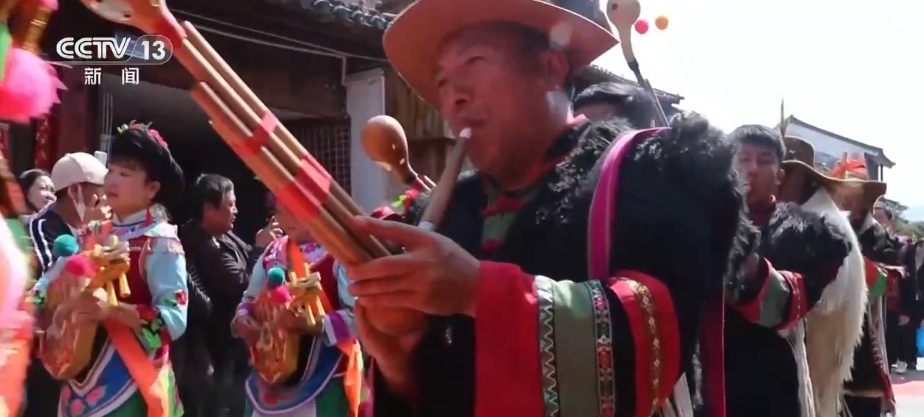
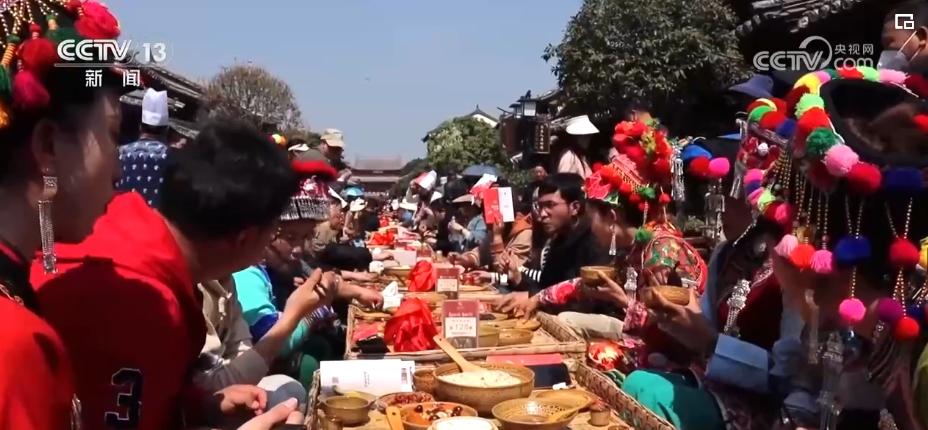
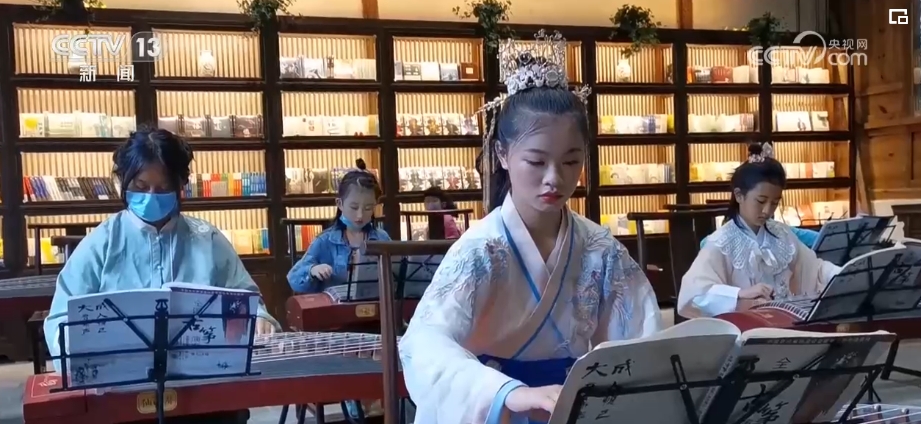
Today, in Weishan, brothers and sisters of more than 20 nationalities, such as Han, Yi and Hui, accept visitors from all over the world with simple and friendly feelings. Walking along the street, there are more than 400 ancient buildings and more than 4,000 sets of cultural relics listed for protection in the small town. Wenhua Academy in Qing Dynasty is still a place of Chinese studies for studying piano, chess, calligraphy and painting.
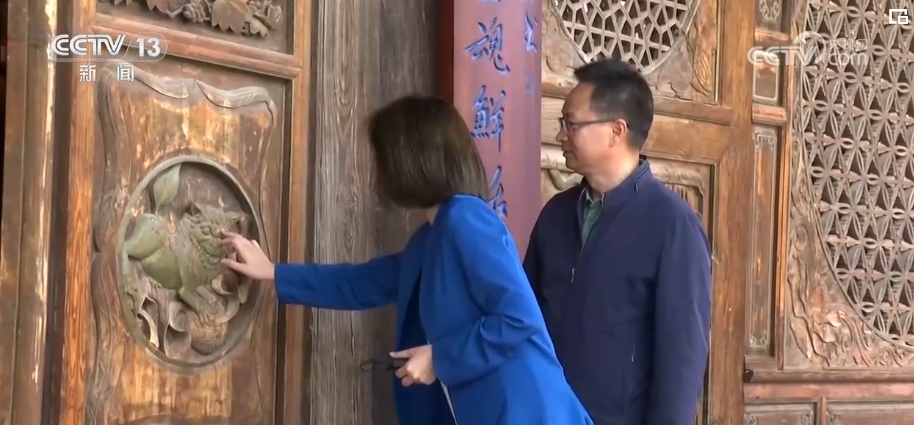
Walking in the ancient buildings, I found many small patches with different colors.
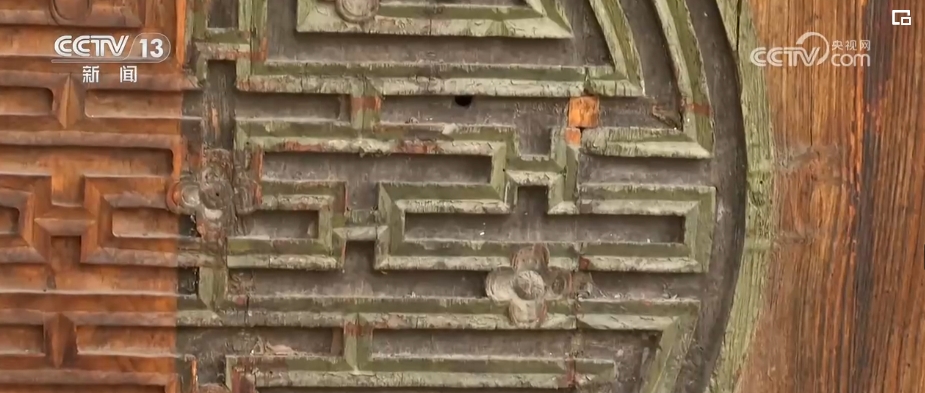
Zi Xing, director of the Cultural Relics Management Office of Weishan County, Dali Prefecture, Yunnan Province, introduced that the inheritors of wood carvings at Weishan provincial level should be carved and supplemented, and the cultural relics should be repaired with embroidery.
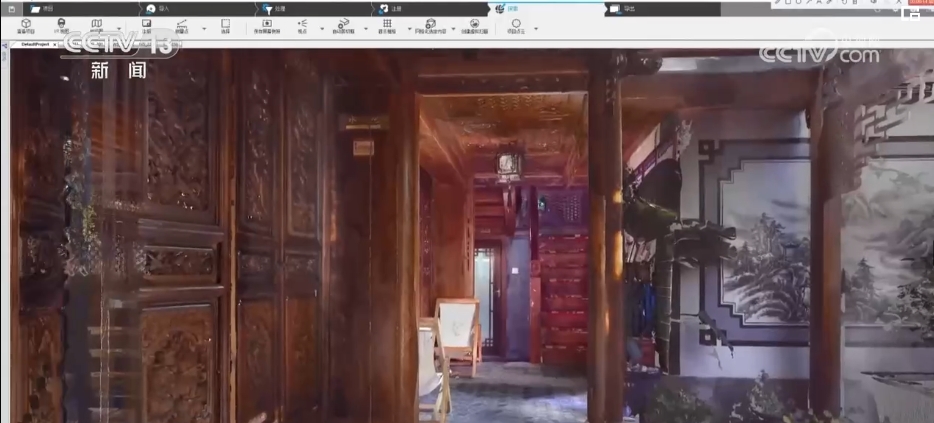
In addition to exquisite craftsmanship, in Weishan, three-dimensional mapping technology is applied to the protection of ancient buildings.
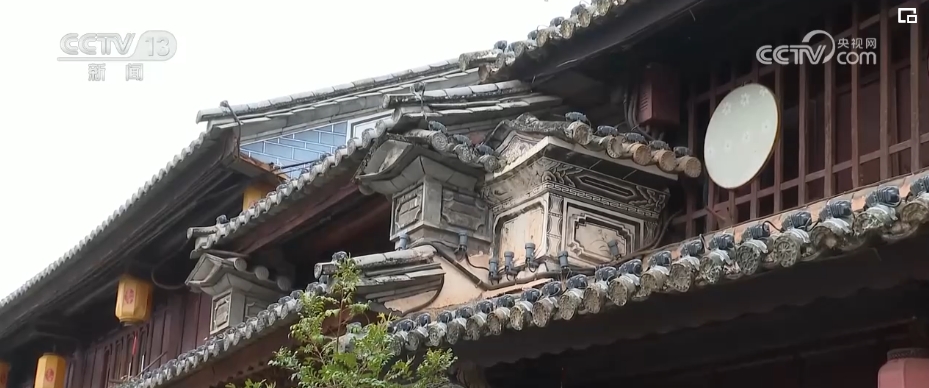
Cha Shangzhen said that now with three-dimensional mapping, tens of thousands of points can be measured at a time, and details, textures, colors, materials, and even the details of cracks or tiles in the wall can be completely recorded. After the establishment of the database, no matter what kind of risk damage the building will encounter in the future, it can be completely restored according to the data. Leave the wisdom and heritage of the ancients to future generations, and what kind of city the ancients left us, we will leave it to future generations.
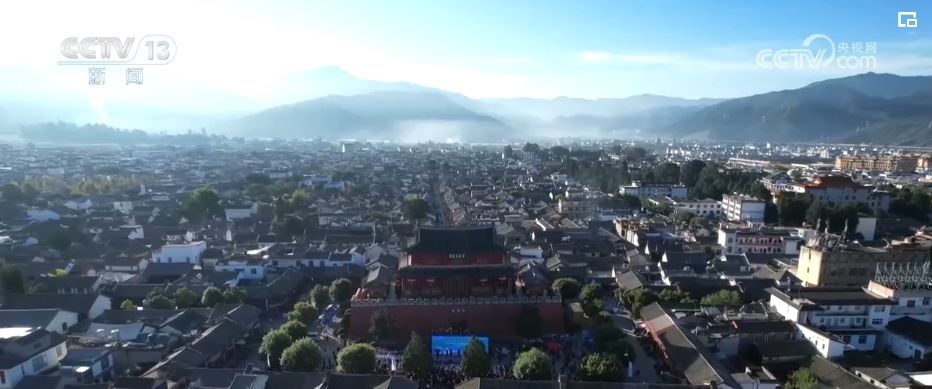
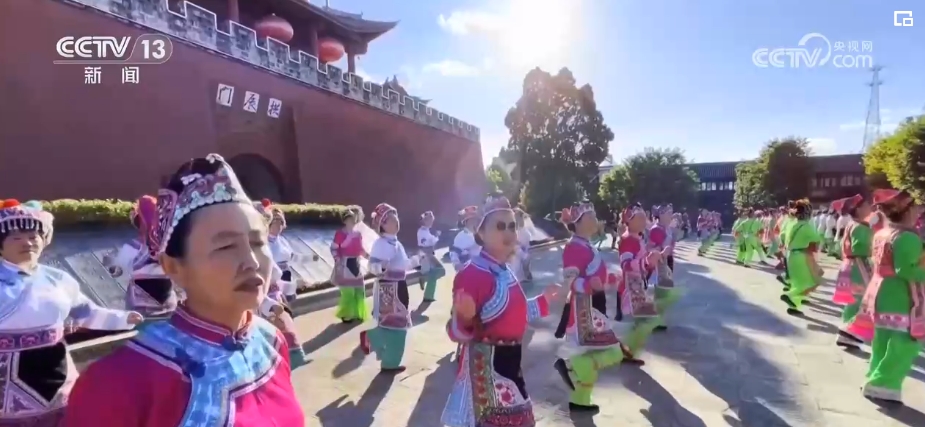
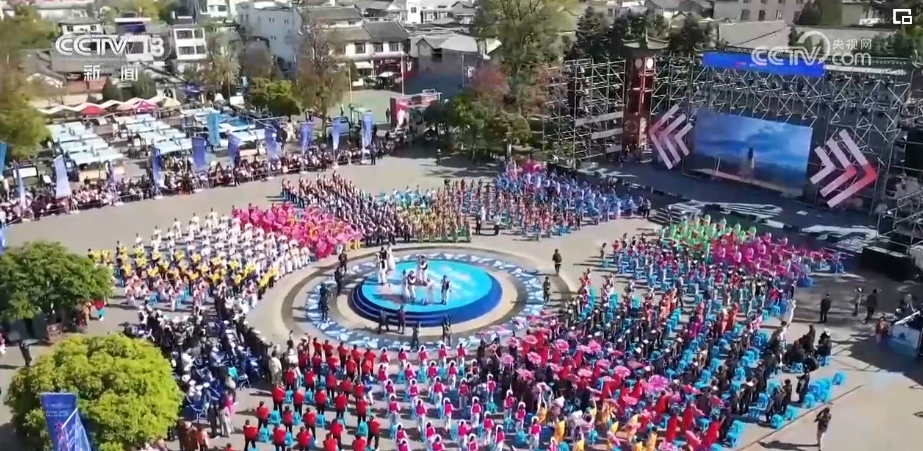
On the streets of Weishan ancient city, lusheng with mellow sound quality, exquisite cloth and colorful songs have attracted tourists from all over the world to stop and enjoy. There are 89 intangible cultural heritages at all levels in Weishan, and 21 intangible cultural workshops have been set up locally, which makes the intangible culture glow with "new life". Non-legacy songs are integrated with fashionable street dance, and tie-dyeing techniques meet with modern catwalks. When the ancient non-legacy collides with youth, the ancient city of Weishan also glows with new elegance in the vigorous pulse.